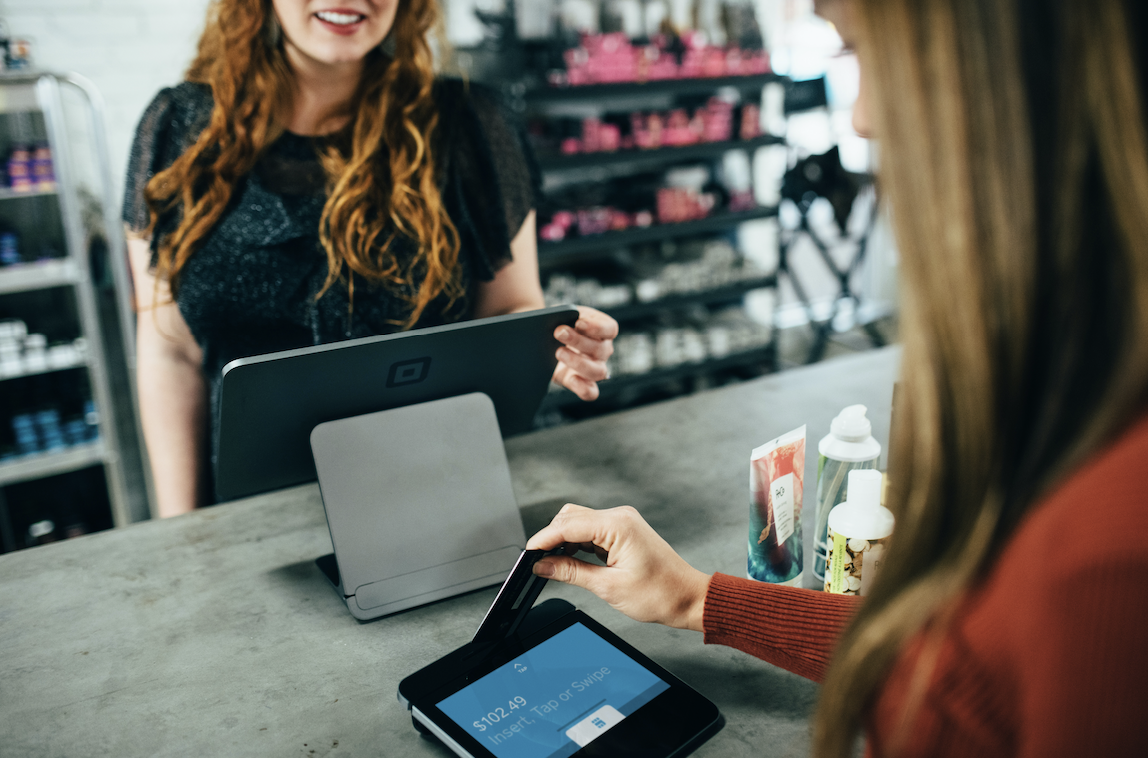Social Commerce And Building A Sustainable Business, Lessons Learnt From Poshmark
Jan 26, 2021 | Yashaswi Khandelia
 Poshmark is a company that took a decade in making and tapping into an untapped market of resale and has now made an IPO debut.
Poshmark is a company that took a decade in making and tapping into an untapped market of resale and has now made an IPO debut. POSHMARK- Founded in 2011, is an e-commerce marketplace that offers to buy and sell used clothing, shoes, and accessories in the US. It also recently made an IPO debut.
Mechanism- Poshmark makes listing as easy as 1-2-3! Snap a photo of the item to sell with your phone (be it an iPhone or an android device), fill in a description, set the price, and you are ready to sell!
But how was Poshmark able to achieve such a great milestone in such a short period of time and what can you as a business do?
Here are 10 strategies you can learn from Poshmark and implement in your own business:
1. APP PRESENCE- Often it is seen that people are more comfortable with buying and selling a product operating through apps. Just as Poshmark is available on Google play store, we must ensure that small businesses have a strong presence not only online on their website but also through an app accessible in Android as well as iOS devices and in all countries to give a better representation of facts and products.

2. CUSTOMER RETENTION POLICIES- One of the most important aspects to consider when making a business successful is Customer Retention. A business must surely develop policies that retain its existing customers to always use its providing services only. This can be done through better relations, constant communication, favourable policies and discounts and offers for frequent buyers.

3. BETTER CUSTOMER EXPERIENCE- While going through a website a customer should be able to get answers to all his queries and questions raised. One of the important elements are the Frequently Asked Questions which, particularly for small businesses, have to be developed so as to provide complete information to its users. Similarly to let people know of government recognised awards received or any targets achieved recently.

4. THEMES AND VISUALS- Dividing the products on the basis of special themes and filters like colours, festivals or countries can provide a great experience as the visual experience always leaves an impact on a customer’s mind and helps to select a product better along with being aesthetically pleasing.

5. CONCENTRATING ON PRE-DECIDED OFFERINGS/ SEGMENT TARGETING - One of the causes of Poshmark’s success is how it sets itself apart by solely being a fashion website. Therefore, when we say we offer sustainable or eco-friendly products our sole concentration should be on providing this type of products as well as only the products pre-decided. This will also ensure you are attracting the right audience by focusing on one specific niche.

6. MODERATION AND TECHNOLOGY-Moderation is an issue in any social platform and in Poshmark’s case, the company is investing in machine learning and algorithms to look for items that violate its policies, which might include fakes, electronics, and used makeup. Therefore the websites of small businesses should apply the same formula by including accurate information to build buyer confidence.

7. NO PRIVATE MESSAGING SYSTEM- If customers have a question for the seller, make sure that they are able to publicly post it on an item’s listing as it prevents sellers from having to answer the same questions over and over again, and helps other potential buyers to get their questions answered. This is the reason why a lot of conversations about Poshmark happen off the platform, where the similarities can be applied.

8. NEW INTERACTIVE FEATURES- Recently, Poshmark just like TikTok introduced a feature called “Posh Stories” where a new section appears at the top of users’ feed, showcasing brands and closets the users follow displayed in a vertical slideshow. The stories disappear after 48 hours and by clicking on a tagged item, you’re directly taken to that seller’s closet to purchase. Hence, such interactive videos add to the visual appearance constituting a reason for a buyer to revisit.

9. COMMISSION AND INCOME POLICIES- Poshmark carries a policy, where it charges a commission of 20% on what is sold. This particular policy is opposed by a lot of sellers as it makes them wonder if selling privately is a better option. Therefore on deciding the sources for generating revenue these policies must be regularly revised and worked upon to ensure that potential sellers aren't discouraged by the commission amount.

10. COUPON POLICIES AND LOYAL STRATEGIES- According to Yahoo, 63% of millennials would be more likely to “check-in” with businesses on various social channels if it meant that they’d receive a coupon or discount for doing so. Similarly, 84% of consumers said they’re more likely to visit websites of retailers with loyalty programs whereas 75% of consumers would switch to brands that deliver real-time discounts and promotions to their smartphones while shopping. Therefore, such pushing and regaining policies attract a lot of consumers. The policy of first-time purchase discount can be applied too in order to attract new customers.

CONCLUSION
In conclusion, Poshmark was able to be really successful by working on a range of strategies that you can also use for your own businesses!
Remember, that it takes a lot of time and effort to build your own sustainable business, but it definitely isn't impossible!
Start by slowly implementing the strategies we mentioned here and you will definitely notice a difference!
In the meantime, if you are looking for a way to get access to a sustainable supply chain in order to sell items that aren't harmful for the environment and that also have a positive impact on the society, contact us!
Alternatively, you can read this really useful blog on how to increase brand awareness as a small business!
Recommended



Wholesale / B2b Kathputli Puppets From Ahemdabad
Dec 16, 2024





